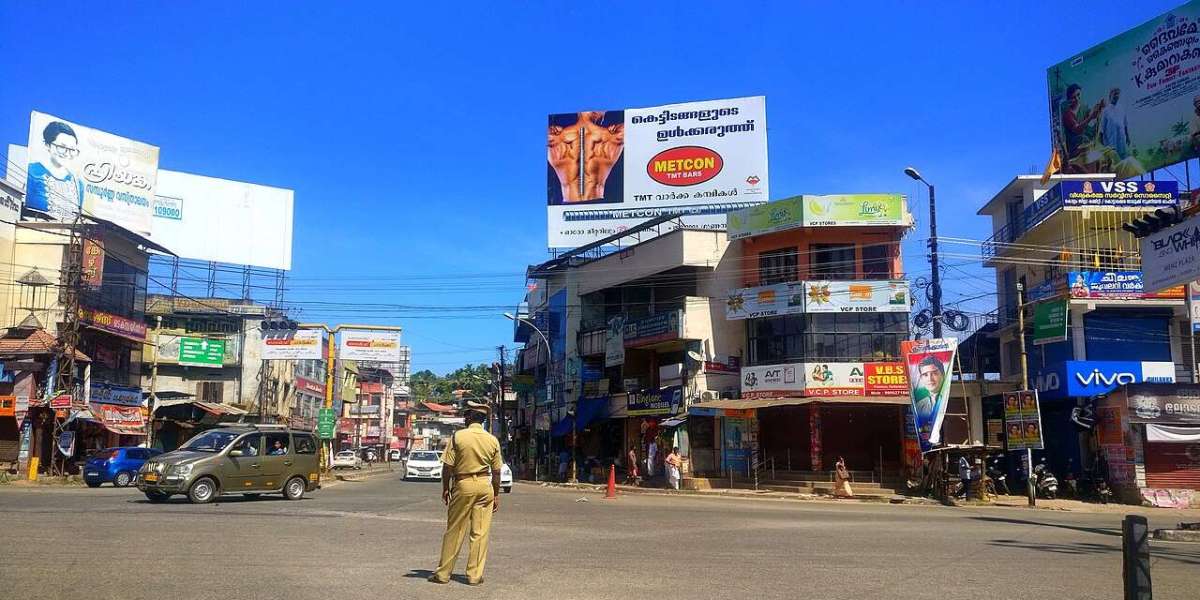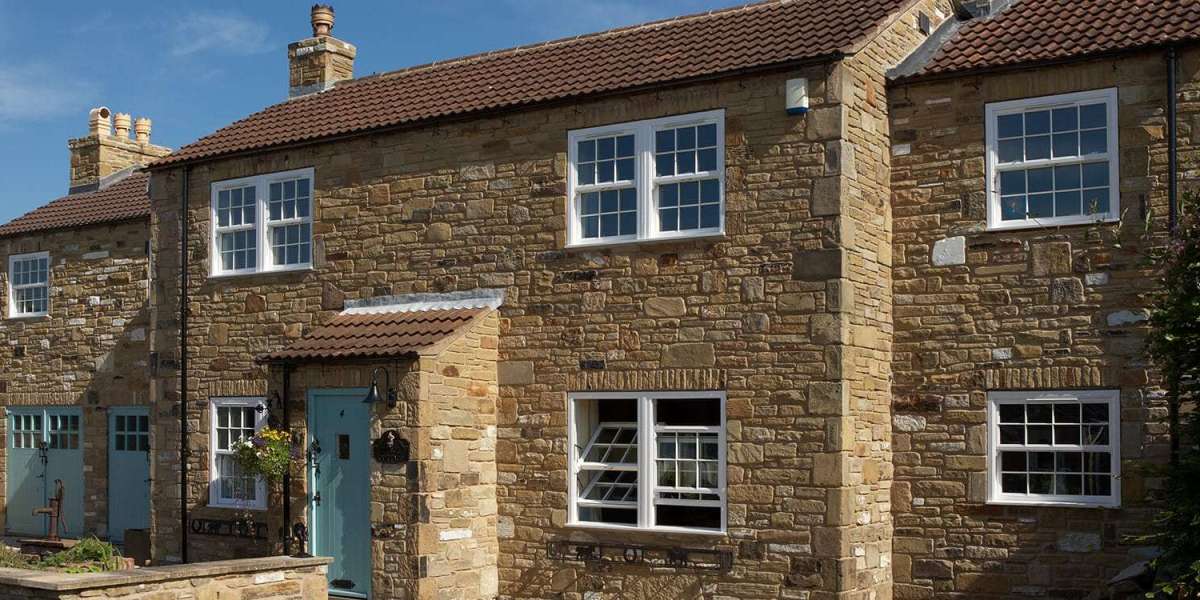In the 2021 Kerala Assembly elections, K. N. Balagopal of the CPI(M), the
current Finance Minister of Kerala, won the seat with a decisive margin, further
cementing the Left’s influence in the region. The constituency had approximately
2,01,532 registered voters, with a voter turnout of 77.1%.
Panchayats & Boundaries
Kottarakkara constituency comprises a mix of rural and semi-urban areas and
includes the following local bodies:
Kottarakkara Municipality
Ezhukone
Neduvathoor
Vettikkavala
Kulakkada
Veliyam
Mylom
The constituency is well-connected through the MC Road (Main Central Road) and
lies between the highland regions of Pathanapuram and the coastal plains of
Kollam, acting as a vital transit corridor. It also serves as a local hub for
commerce, education, and healthcare in central Kollam.
Geographic & Demographic Peculiarities
Kottarakkara enjoys a moderate topography — neither too hilly nor coastal —
making it suitable for settlements and agriculture. The region is crisscrossed by
minor rivers and canals, and it receives ample monsoon rainfall. The area has a
balanced population mix of Hindus, Christians, and Muslims, with SC/ST
communities and Ezhava families forming a large proportion.
Demographically, the region has high literacy and political awareness. Most
families here have access to basic education and primary health care, although
economic mobility varies across wards.
Income & Livelihood Sources
Agriculture: Rubber, tapioca, banana, and coconut remain dominant. The
region also grows vegetables and spices on smallholdings.
Government and Private Employment: A significant number of residents
are employed in schools, cooperative banks, and health institutions.
Trade and Services: The Kottarakkara town area is a bustling center for
small-scale trade, textile shops, eateries, and transportation services.
NRI Remittances: Many families, especially from rural panchayats like
Veliyam and Kulakkada, depend on income from the Gulf countries.
Wage Labour & MGNREGA: In lower-income areas, daily wage work
and welfare employment programs are crucial sources of sustenance.
Economic Strata
Kottarakkara predominantly falls in the lower-middle to middle-income bracket,
with pockets of affluence in town areas and among NRI families. However, BPL
families continue to depend on food security schemes and welfare pensions in
peripheral and agrarian wards.
Recent Development Efforts
Renovation of Kottarakkara Taluk Hospital into a well-equipped
secondary care center.
Expansion of MC Road bypass and improvements to rural connectivity
through PMGSY.
Promotion of organic farming clusters and FPOs under the Agriculture
Department.
Digital Access and Civic Services via the weone app: real-time welfare
updates, public grievance redressal, and access to local government
schemes.
Infrastructure support to schools, anganwadis, and Kudumbashree units
for local women empowerment.
Conclusion
Kottarakkara Assembly Constituency symbolizes a Kerala in transition — one that
honours its cultural past while stepping into a future powered by connectivity,
governance, and grassroots development. With platforms like weone enabling
hyper-local governance and transparency, the people of Kottarakkara are better
positioned than ever to actively participate in shaping their democratic future.








